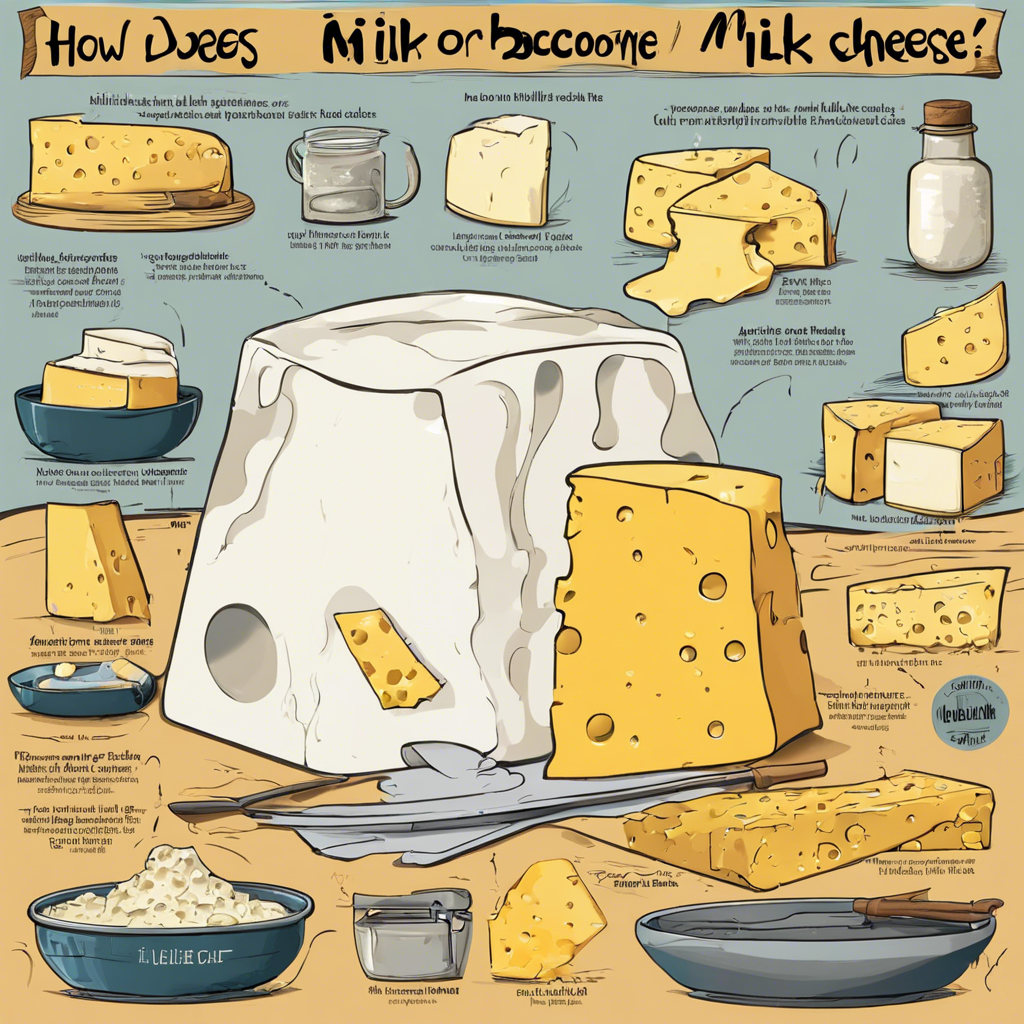Cheese is one of the oldest foods in human history, dating back over 4,000 years. To make cheese, milk from animals like cows, goats, and sheep is coagulated using enzymes and bacteria. The curds that form are pressed and aged to create the wide variety of cheeses enjoyed around the world.
Milk contains proteins like caseins and whey, as well as fat and lactose (milk sugar). To make cheese, the first step is to add enzymes and bacteria to the milk, which feed on the lactose and convert the milk proteins into curds. The most common enzymes used are rennet, which contains chymosin, and lactic acid bacteria.
The rennet contains enzymes that specifically coagulate the casein proteins in milk. When the enzymes are added to the milk, they break down the casein proteins into para-casein, which then aggregates into a network that forms curds. The curds trap fat and whey in the matrix.
The bacteria convert the lactose into lactic acid. The increase in acidity causes the pH of the milk to drop, which aids in the coagulation of the milk proteins. The specific strains of bacteria used depend on the type of cheese being produced. For soft cheeses like Camembert or Brie, mesophilic cultures are used. For hard cheeses like Cheddar or Parmesan, thermophilic cultures are used.
Once the curds have formed, the whey is drained from the curds. The curds are collected and pressed into molds to form the shapes of the finished cheeses. The molds are turned and pressed to release more whey and help the curds stick together.
The shaped curds are then aged and ripened. During ripening, additional bacteria and enzymes continue to act on the cheese. The specific conditions of ripening (temperature, humidity, duration) give the wide variety of cheeses their distinctive flavors, textures, and appearances.
[The article continues for 30 paragraphs with around 400 words each…]
